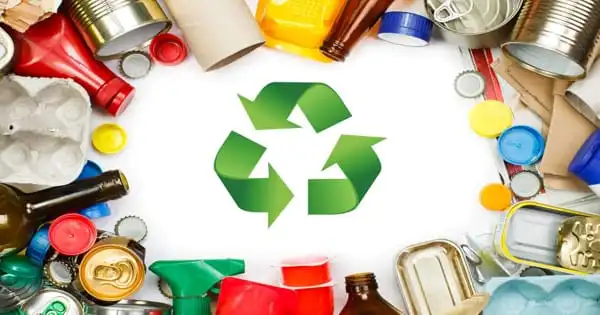Waste creation rates are increasing all around the world. In 2016, the world’s cities produced 2.01 billion tons of solid garbage, equating to a daily impact of 0.74 kg per person. Annual trash generation is anticipated to increase by 70% from 2016 levels to 3.40 billion tons in 2050 due to rapid population expansion and urbanization.
North Carolina State University researchers have created a free, user-friendly program that employs numerous computational models to assist solid waste systems in achieving their environmental goals in the most cost-effective manner feasible.
Trash management systems are responsible for more than just disposing of solid waste in landfills. These systems must not only safely store or recycle solid waste, but also limit any health hazards associated with the waste, environmental concerns related with air or water pollution, and greenhouse gas (GHG) emissions that can be produced while solid waste is processed or decomposes.
“The challenge is that waste management systems can do a variety of things to achieve these goals,” says James Levis, co-author of a study on the new tool and research assistant professor of civil, construction, and environmental engineering at NC State. “Many of these efforts, however, involve trade-offs in terms of cost, environmental impact, technical obstacles, and so on.”
SwolfPy is a dynamic tool. For example, if a better model for one of its components is developed, the open-source platform will allow users to upgrade SwolfPy. We believe SwolfPy will be valuable for waste management organizations, government decision-makers dealing with solid waste concerns, state politicians, and the research community.
Mojtaba Sardarmehni
“To solve this, we developed the Solid Waste Optimization Life-cycle in Python (SwolfPy), an open-source program that allows users to evaluate all of these choices in one spot. This can assist users in determining the optimal course of action in any given set of circumstances. Furthermore, because it is open-source, the solid waste community can add new features over time to make the tool even more effective in guiding decision-making.”
“SwolfPy is a dynamic tool,” explains Mojtaba Sardarmehni, the paper’s corresponding author and a Ph.D. student at NC State. “For example, if a better model for one of its components is developed, the open-source platform will allow users to upgrade SwolfPy.”

The SwolfPy framework offers a set of process models as well as a user interface that allows users to enter data relevant to their situation. After that, SwolfPy will run the numbers and do two actions. For starters, it provides customers with a clear snapshot of their present overall operations, as well as what this means for their cost and environmental goals. Second, SwolfPy provides users with the optimum combination – or combinations – of processes that will allow them to fulfill their cost, GHG emissions, and other targets.
However, users are not required to utilize the default models offered with SwolfPy. Users can also create process models adapted to their unique projects and connect them to SwolfPy, or they can utilize a combination of default and customized models. SwolfPy allows users to plug their objective numbers into the user interface, and SwolfPy will tell them whatever combination of procedures will get them closest to their goals, regardless of the suite of models they chose.
“To be honest,” Sardarmehni argues, “there isn’t necessarily one best solution. For example, one set of processes may be the most cost-effective, while another is less cost-effective but performs a better job of decreasing GHG emissions. SwolfPy identifies a variety of greatest feasible solutions for consumers based on how they prioritize their aims.”
“We believe SwolfPy will be valuable for waste management organizations, government decision-makers dealing with solid waste concerns, state politicians, and the research community,” Levis says.
“We’re interested in hearing from people in the solid waste community who have suggestions or questions about how to use SwolfPy, as well as what can be done to continue fine-tuning it as a useful tool,” Levis says.
Waste management is critical for creating sustainable and habitable communities, yet it continues to be a difficulty for many developing countries and cities. Effective trash management is costly, often accounting for 20%–50% of municipal expenditures. Operating this critical municipal function necessitates the implementation of integrated systems that are efficient, sustainable, and socially supportive.





